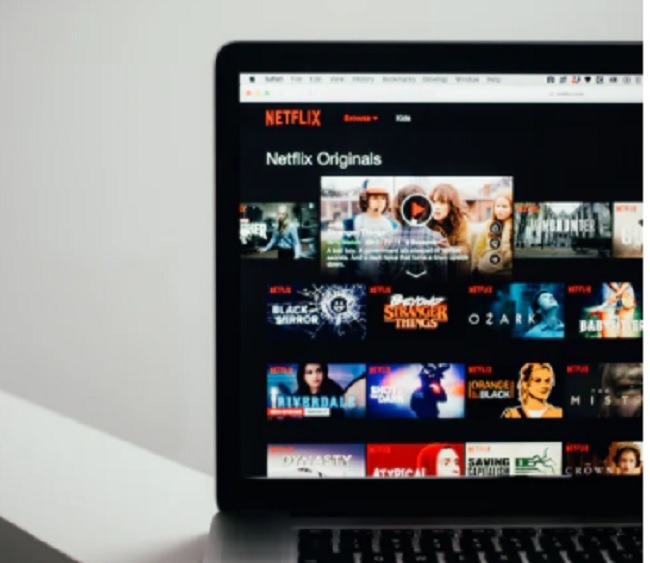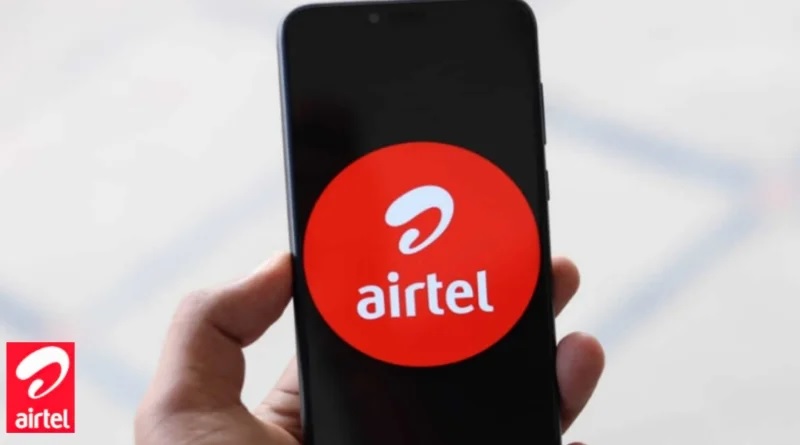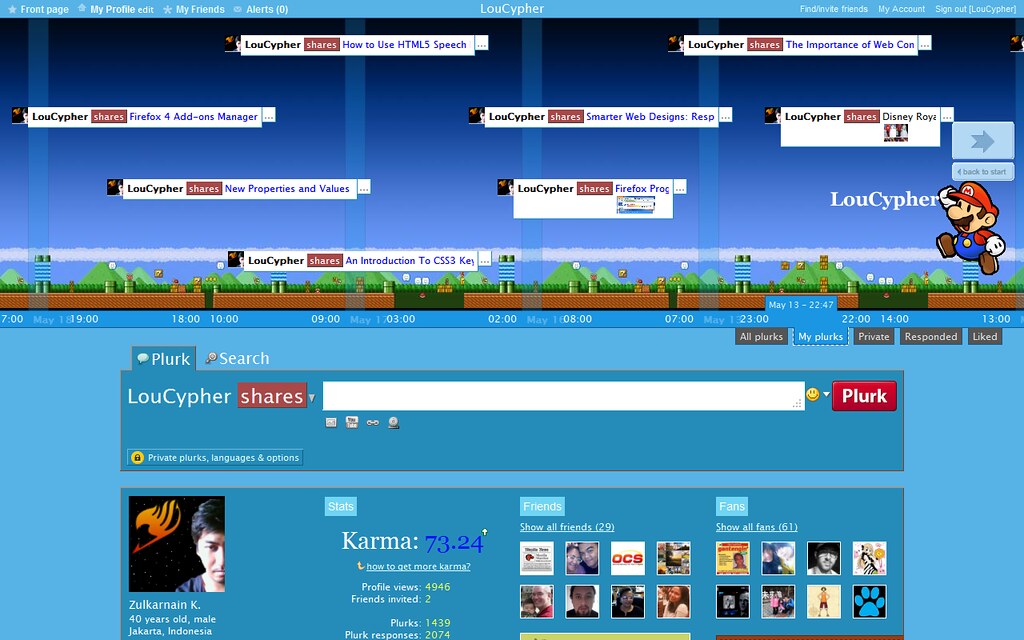In the post-Covid-19 era, people are consuming a lot more content on over-the-top (OTT) platforms. OTT viewers are the target audience for studios’ video content. OTT revenue in North America is expected to reach USD 49 billion in 2020 and 94 billion in 2026, according to Digital TV Research. Revenue leakage, piracy, poor user management, credential co-consumption, device fragmentation, and unauthorised use of premium services are all increasing as a result of increased viewership and revenue.
OTT apps use DRM technologies like Google Widevine to guard against piracy. DRM-protected content offers advantages beyond preventing piracy through file encryption, which is why it is common in the video streaming market to use a multi-DRM SaaS to manage video assets. With DRM technology, OTT services can handle fine-grained user management features per video asset in contrast to the only channel-level DRM techniques that were available in IPTV. These days, there are many ways to consume video content via streams, including live broadcasts, downloads, and on-demand content.
It’s also possible for an OTT platform to offer subscription options based on different geographic regions or genres. Google’s Widevine technology allows its app to play UHD files with adequate pirate protection. OTT platforms are aware of processor-level security provided by DRM technology providers. Allowing Android-based smartphones and smart TVs to run on OTT platforms’ most profitable plans increases revenue streams. The best protection against piracy is achieved when Widevine works in the trusted execution environment of a processor, which Widevine refers to as L1 security.
Video assets can be further protected by the use of forensic watermarking technology provided by the same DRM SaaS vendor that encrypts the video with Widevine. There are visible and invisible forms of Video watermarking already available. Users and sessions, time zone, geographic location, device information, and other identifiers are embedded in each video frame on OTT platforms.
Watermarks of this type are kept in a database by multi-DRM vendors. When a video is pirated, the content owner can use the multi-DRM vendor to extract the forensic watermark and compare it to the database of watermarks. It can lead them back to the user and the device from which the file was leaked.













Comments